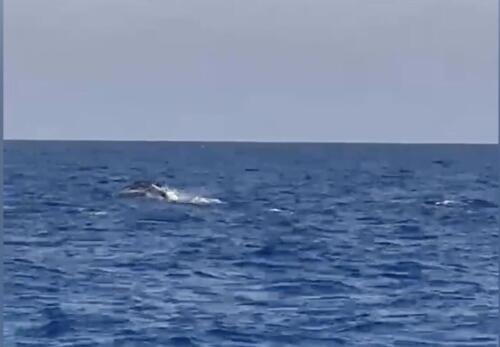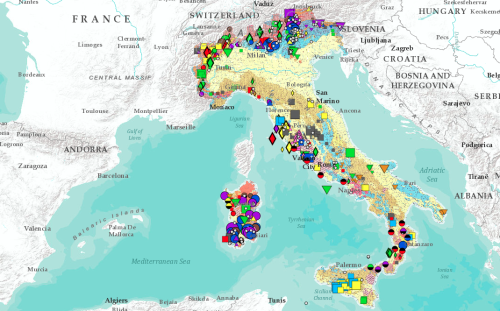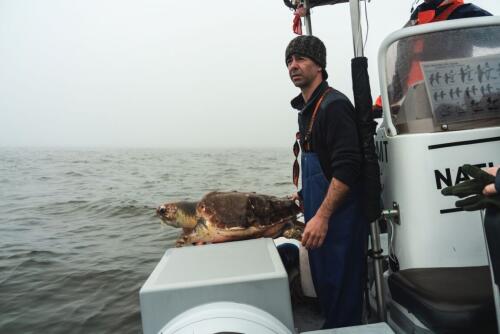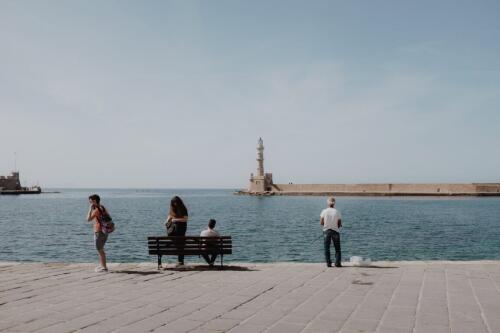Who I am
GratisForGratis is a website that allows users to use multiple forms of payment for buying and selling and an alternative economic circuit, based on the concepts of circular economy and happy degrowth.
The site provides users with the opportunity to experiment with practices such as reuse, environmental sustainability and to try an economy focused on relationships and not on exchange. Furthermore, the site allows you to pay in various ways: through complementary currency (HappyCoin), through barter / offering or through real currency (e.g. Euro).
HappyCoins can be generated by users through actions.
Our mission
A complementary economic and social system that helps people obtain the goods/services they want in total freedom.
Our vision
Help people to be free, not suffer from poverty or lack of power and create a more balanced world where they can grow and where they can follow their dreams and ideas.
The Contents are licensed under creative commons.
If you find copyright violations, you can contact us at info@gratisforgratis.com to request the removal of the content.
Privacy policy
contacts
Our email is info@gratisforgratis.com




